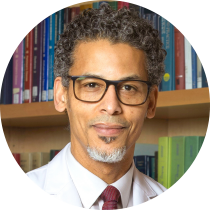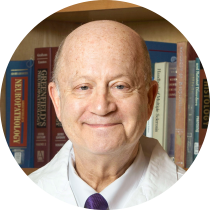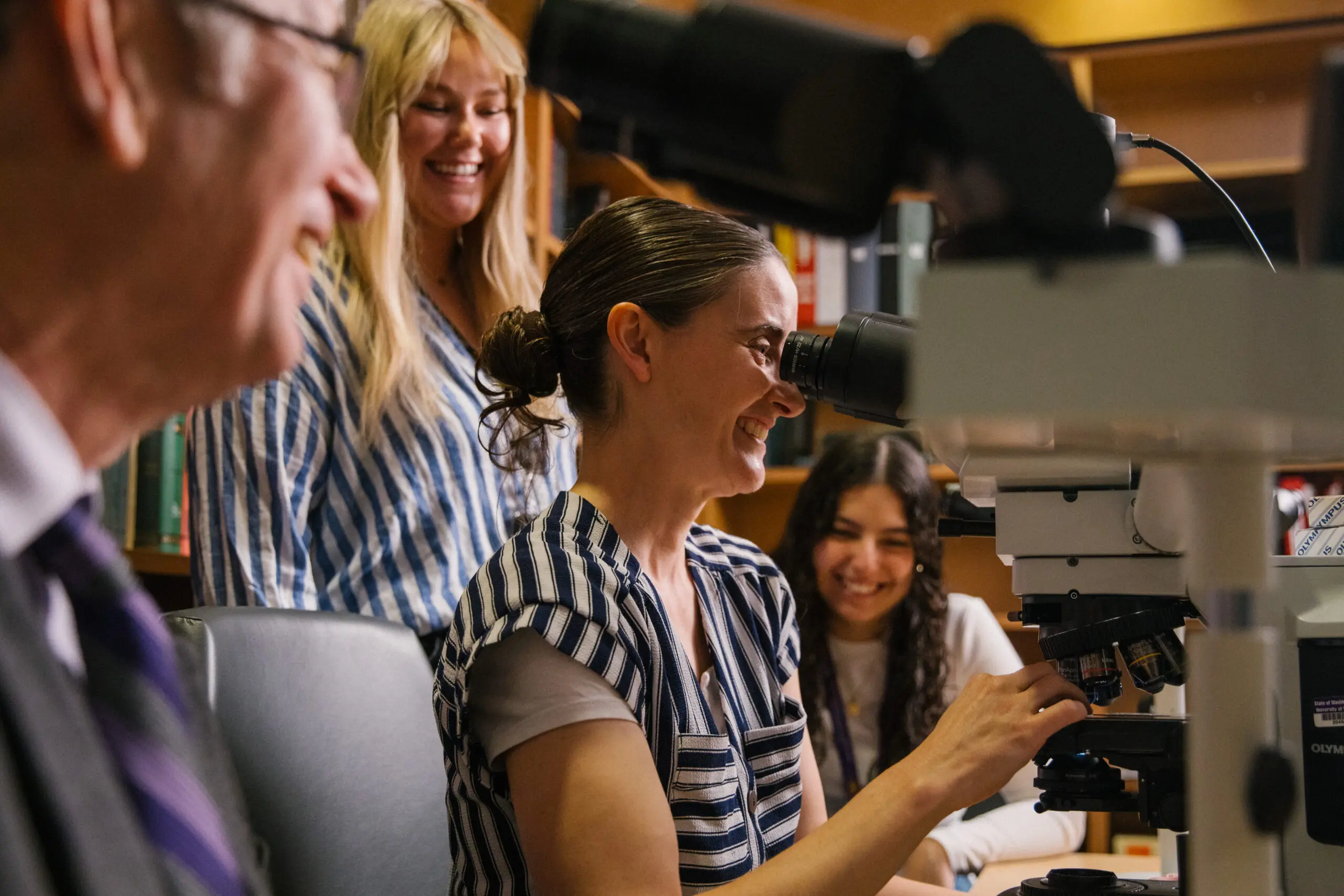Mysterious and complex, the brain regulates every body function, including thought, memory and learning — the very things that make you who you are and shape your perception of the world. The pleasant smell of a flower, remembering the name of your childhood friend or learning an unfamiliar word are neurological experiences processed by the brain through roughly 86 billion neurons and 100 trillion synapses.
So when something goes wrong — like a brain tumor, Alzheimer’s disease or a stroke — the impact can be not only devastating for patients and their families, but incredibly challenging to treat. At the same time, these kinds of neurological conditions are on the rise. A recent study found that they’re now the leading cause of poor health globally, impacting 43% of the world’s population.
“There isn’t a single family that doesn’t have a neuroscience story,” says Dr. Thabele “Bay” Leslie-Mazwi, chair of UW Medicine’s Department of Neurology. “These diseases are common. And they pose extraordinary management challenges. Since the brain is the most complex structure in the known universe, neuroscience is the most complex area in medicine.”
Leslie-Mazwi notes that thanks to technological advances, we’re on the cusp of making significant progress to address these challenges. “This is such a unique time. We now have tools to understand the brain that didn’t exist before.”



